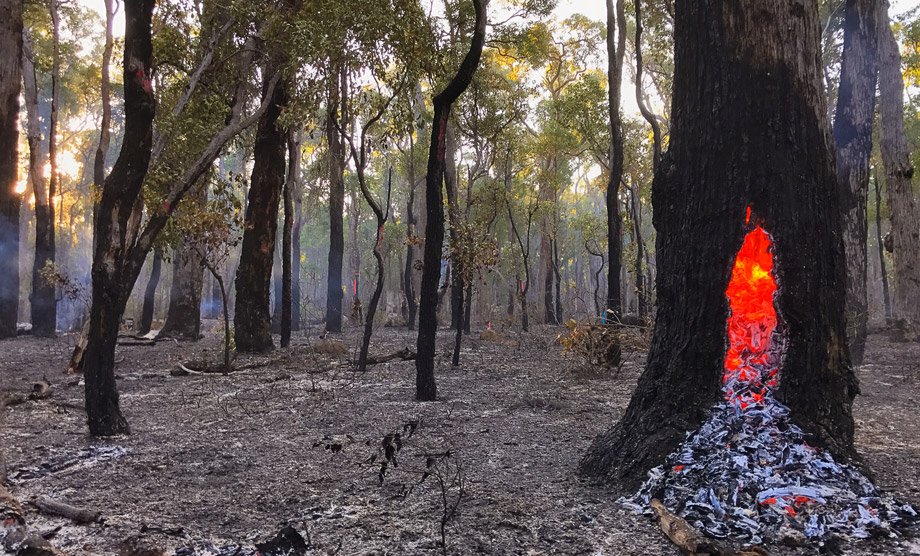From fires to oceans
No life without fire, no light, no culture, and no landscapes. The relics of fire are present in the air, soils, sediments, rivers, and the oceans. A special issue explores the dynamics of fire-derived organic matter in terrestrial and aquatic ecosystems.
Fire is a global phenomenon, which has contributed to create the Earth's landscapes for several millions of years. Burning oxidizes and emits a vast amount of organic carbon as gases and aerosols over short timescales. This can be very relevant in terms of net ecosystem CO2 exchange with the atmosphere. However, over longer timescales, fire can actually contribute to CO2 drawdown. It converts a substantial fraction of the vegetation carbon into pyrogenic organic matter also named charcoal, black carbon, or pyrogenic carbon (PyC). This fire-derived organic matter is more resistant to environmental degradation than unburnt biomass and can act as a long-term carbon sink. The relics of fire, in the form of pyrogenic carbon, are present in all compartments of the Earth: In the air, soils, marine and fresh water sediments, rivers, and the oceans.
From characterization to mobilization processes
However, simple questions like "how much," "how fast," or "how old" remain only partially answered. A special issue recently published in Frontiers in Earth Science explores these questions in our understanding of fire-derived organic matter, from the characterization and quantification of PyC components, to the transformation and mobilization processes taking place on land and in rivers and oceans. "These studies provide novel and, often, unexpected results", says Samuel Abiven, editor of the special issue, "and they provide scope for many more."
Samuel Abiven and Cristina Santín: Editorial: From Fires to Oceans: Dynamics of Fire-Derived Organic Matter in Terrestrial and Aquatic Ecosystems. Front. Earth Sci., 27 February 2019
